You wake up to a notification. Your entire network is down. Hackers have infiltrated your system, potentially stealing sensitive data and disrupting operations.
This scenario is all too real, and the cost of a cyberattack can be devastating. But there’s good news: strong identity security is your first line of defence.
With cyber threats evolving faster than ever, legacy security just isn’t enough. You need a modern approach that prioritises identity security.
I developed this modernised comprehensive checklist to equip you to handle current and future threats. I’ve broken it down for businesses of all sizes, highlighting the bare minimum, good to have, and best practices for identity security.
1. Cybersecurity Checklist for Small Businesses
Small businesses are prime targets for cybercriminals. In Australia, 71% of small businesses view cybersecurity as their most significant risk. McAfee Corp’s Global Small Business Study (via Security Brief Australia) reveals that nearly half of the small businesses surveyed have already been targeted, with 14% falling victim more than once. The impact is substantial: about 64% of business owners affected by cyber attacks have lost over $10,000 managing the fallout.
Here’s what small businesses need to do to avoid this:
Bare Minimum:
- Basic Identity Verification. Stop unauthorised access by implementing simple identity verification methods. This is a simple check to confirm that a user’s identity is who they claim to be. This could involve passwords, PINs, or security questions.
- Firewalls and Antivirus. Maintain strong firewalls and antivirus software to protect against basic threats. These are software programs that act as a barrier to your computer system, filtering incoming and outgoing traffic to block malicious programs (viruses) and unauthorised access attempts.
- Regular Software Updates. Outdated software is a hacker’s playground. Ensure your IT team has installed the latest versions of software programs to fix security vulnerabilities and improve functionality.
Good to Have:
- Multi-Factor Authentication (MFA). Strengthen identity security with MFA, making it harder for unauthorised users to gain access. MFA is an extra layer of security that requires users to provide two or more verification methods (e.g., password and code from a phone app) to access a system.
- Employee Cybersecurity Training. Educate your team to recognise phishing attacks and other tricks hackers use to steal identities.
- Basic AI Monitoring. Use AI tools for basic threat detection and monitoring unusual activities, like unusual login attempts.
Best Practice:
- Advanced Identity Management Solutions. Use sophisticated identity management systems to control and monitor access (i.e. passkeys, passwordless auth, biometrics, adaptive authentication).
- Incident Response Plan. Have a clear plan for responding to identity breaches and ransomware attacks. An incident response plan is a documented strategy outlining how your organisation will respond to a cyberattack.
- Regular Security Audits and AI Analysis. Conduct periodic security audits and leverage AI for deep analysis of security logs and behaviours.
2. Cybersecurity Checklist for Medium Businesses
Bare Minimum:
- Take all the protections recommended for small businesses.
- Centralised Identity Management. Implement centralised systems to manage user identities and access controls efficiently.
- Data privacy and compliance controls. With stringent regulations like GDPR and the Australian Privacy Principles, failing to comply can lead to severe financial and reputational damage. Effective data privacy measures help protect against unauthorised access, data leaks, and other cyber threats.
Good to Have:
- Dedicated Security Team. Have a team focused on identity and cybersecurity.
- Regular Backup and Disaster Recovery Plans. Ensure regular backups and test recovery plans to mitigate ransomware impacts.
- Network Segmentation. Divide networks to limit access and contain potential breaches.
Best Practice:
- Zero Trust Architecture. Adopt a zero-trust approach, where every access request is verified before being granted.
- Advanced AI and Machine Learning. AI and machine learning can analyse vast amounts of data to identify unusual patterns and potential threats that traditional security measures might miss.
- Third-Party Identity Governance and Security Assessments. Get a fresh perspective on your security posture with regular assessments from external experts.
3. Cybersecurity Checklist for Large Businesses
Large enterprises are high-value targets, with attackers using a combination of data encryption and double extortion. The larger the attack surface, the harder it is to defend.
In fact, the Annual Cyber Threat Report from the Australian Signals Directorate (ASD) revealed that the cost of cybercrime for large businesses is $71,600. In another study by Tenable Inc, 56% of cybersecurity teams are too busy fighting critical incidents to take a proactive stance.
Bare Minimum:
- Take all the protections recommended for medium businesses.
- Robust Identity Infrastructure. Ensure a strong foundation of hardware, software, and policies for managing identities and access across the organisation.
Good to Have:
- Intrusion Detection and Prevention Systems (IDPS). Deploy advanced systems to detect and prevent unauthorised access.
- Fine-Grained Authorisation (FGA). Get absolute control about the level of access you provide your users.
- Enhanced Training Programs. Regularly update and tailor training programs for all employees, focusing on the latest identity security threats.
Best Practice:
- Continuous AI-Powered Monitoring. Implement AI systems for continuous monitoring and instant response to threats.
- Adaptive Authentication. Use adaptive authentication methods that adjust based on user behaviour and risk levels.
- Collaborative Threat Intelligence. Engage in threat intelligence sharing with other organisations to stay ahead of emerging threats.
The Power (and Peril) of A.I. in Cybersecurity
A.I. as a Blessing
AI offers powerful tools to stay ahead of cybercriminals. Predictive analytics can analyse vast amounts of data to identify patterns and predict potential threats before they occur, allowing you to take preventative measures and avoid breaches altogether.
Additionally, AI can be used to automate responses to threats. By implementing AI-driven automated responses, you can neutralise threats instantly, minimising damage and downtime.
A.I. as a Challenge
Despite its benefits, AI also introduces new complexities. Cybercriminals are increasingly using AI to develop more sophisticated and harder-to-detect attacks. These AI-powered attacks can be highly customised and bypass traditional security measures.
As AI is used to generate new attack methods, it’s crucial to ensure your AI security systems continuously learn and adapt to stay ahead of the evolving threat landscape.
Making the Right Choices
The threat landscape can feel daunting. But the power is in your hands. By prioritising identity security and embracing AI-powered solutions, you can build a proactive defense that stops threats before they strike.
Contact ThunderLabs today to find out how our advanced identity protection solutions, built on Okta, the world leader in identity management, can protect your business. As one of only two Okta Customer Identity partners in Australia, we offer unparalleled expertise to give you the edge you need.
In the digital age, a strong defense starts with securing your customer and workforce identities. Ensure your organisation thrives in the face of any threat. Contact us to start today.

Mark Belfanti
Mark has been trusted with navigating the most complex of organisations, from ensuring the NBN is cyber-secure, to managing the vast network of telecoms partnerships at Telstra. Mark has also worked with ASIC, AMP and many others.


